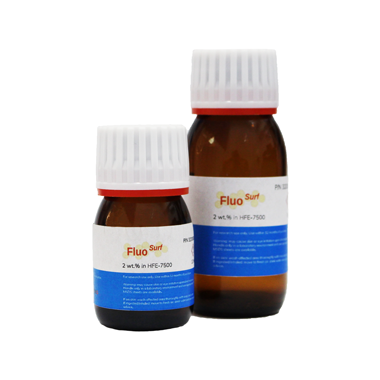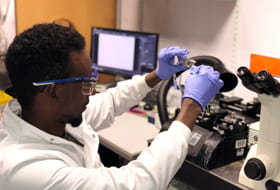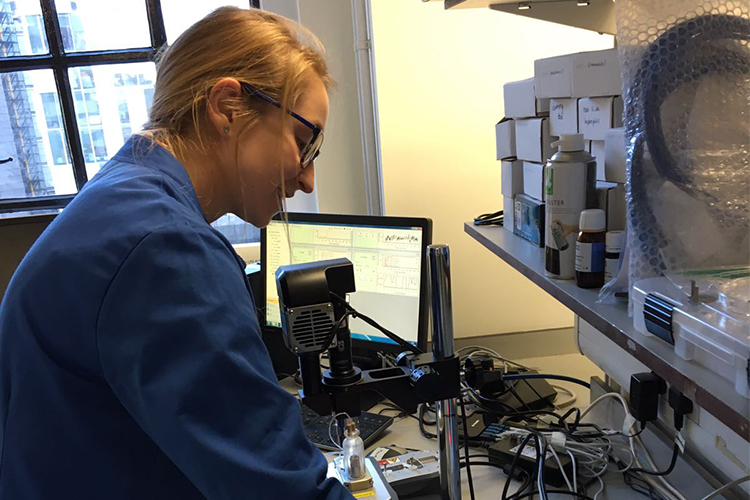News
Dolomite Microfluidics partners with Emulseo to improve droplet production
21st May 2019
Dolomite Microfluidics is pleased to announce a new partnership with Emulseo – a start-up company dedicated to the design and production of high quality surfactants for droplet-based microfluidics – to distribute FluoSurf, a high performance continuous phase specifically formulated to stabilize aqueous droplets in microfluidic systems.

Dolomite presents high-throughput systems for cell encapsulation
13th March 2019
Dolomite Microfluidics is delighted to share news about the arrival of a novel microencapsulation systems. µEncapsulator Systems have been specifically designed to meet the needs of research biologists. The user-friendly, high-throughput systems offer simple, straightforward encapsulation of cells, bacteria, microbiome, and/or functionalised beads in high precision, identically-sized picolitre droplets.

Fluorescent biosensors as tools for drug therapeutics
13th February 2019
Read about how researchers in the School of Pharmacy at the University of Nottingham have been using Dolomite Microfluidic’s chips to enhance their work on drug encapsulation and therapeutic delivery.

Making liposomal formulations for the delivery of RNA vaccines
24th January 2019
A Dolomite Microfluidics’ set-up for high throughput cell encapsulation is helping researchers at the Department of Medicine at Imperial College, London, to develop novel liposomal formulations for RNA vaccines targeting diseases such as HIV, influenza, rabies and chlamydia.

Cambridge researchers developing self-healing concrete
30th November 2018
Researchers from the University of Cambridge are developing microcapsules containing ‘healing’ agents – such as exoxy or polyurethane – which can be added to building materials to allow self-repair of small cracks which develop over time.

